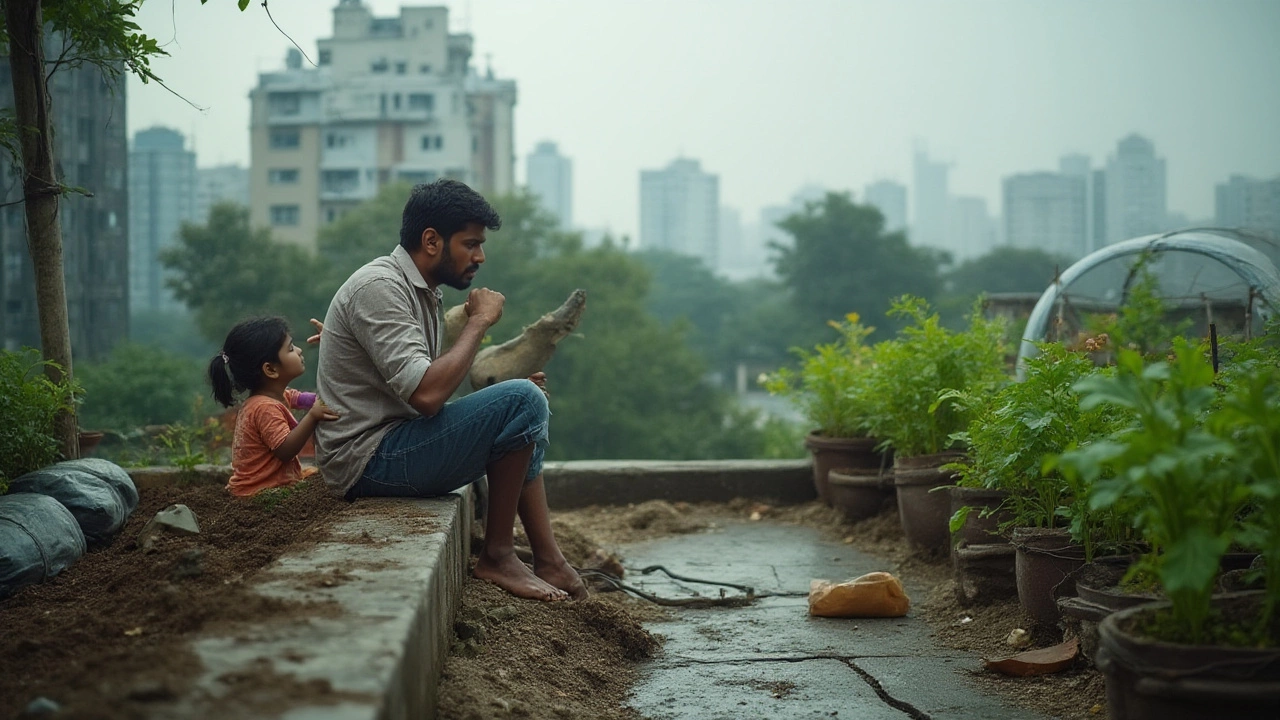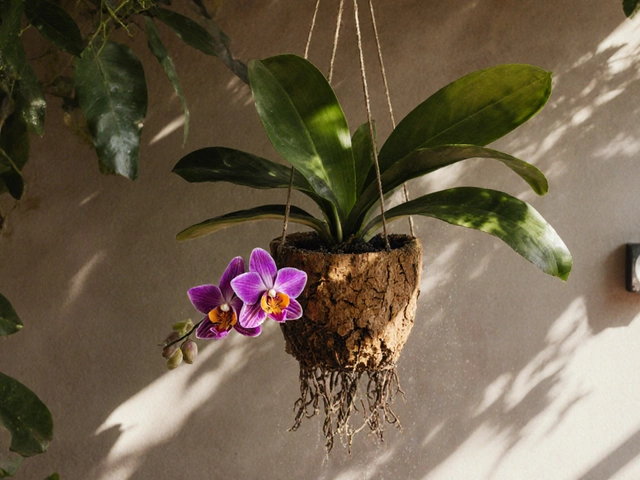Rooftop Farming Cons: The Hidden Challenges of Urban Gardening
When you think of rooftop farming, growing food on building tops to save space and reduce food miles. Also known as vertical gardening or terrace gardening, it’s become a popular fix for city dwellers with no yard. But while it looks ideal on Instagram, the reality is full of hidden problems that can turn your green dream into a headache.
One of the biggest issues is soil quality, the growing medium used in containers on rooftops. Unlike ground soil, rooftop soil doesn’t get natural replenishment from earthworms or seasonal rains. It dries out fast, compacts easily, and loses nutrients quickly. Many people use regular potting mix, not realizing it breaks down in months, leaving roots suffocated. Fixing this means adding compost regularly and using lightweight, porous blends—but that’s extra work and cost most beginners don’t plan for.
Then there’s water drainage, how rain and irrigation water moves off a rooftop garden. Poor drainage leads to water pooling, which kills roots and weakens building structures. You can’t just stick pots on a flat roof and hope for the best. You need proper slopes, drainage layers, and sometimes even waterproof membranes. And if you’re using drip systems like those in drip irrigation, you risk overwatering because rooftops don’t absorb moisture the way soil does on the ground. Many rooftop gardeners end up with mold, rot, or even leaks in their homes.
Wind is another silent killer. Rooftops are exposed. Plants get battered, leaves tear, and small pots tip over. You need windbreaks, heavy containers, or trellises to hold things down. Then there’s access—carrying soil, water, and harvests up stairs or elevators isn’t easy. If you’re on the 5th floor with no elevator, every watering becomes a chore.
And let’s not forget pests. Rooftops attract birds, rats, and insects that find easy meals in your veggies. Without ground barriers, pests move in faster. You might think neem oil or organic sprays will solve it, but in a confined space, pests spread quicker. And if your building has strict rules, you can’t just install rain barrels or solar pumps without permission.
Most guides sell rooftop farming as a miracle solution. But the truth? It’s high-maintenance. It needs constant attention, upfront investment, and a willingness to learn from mistakes. If you’re thinking about starting one, don’t just copy a Pinterest board. Look at the real struggles: soil that won’t hold up, water that won’t drain, and the daily grind of keeping plants alive in a hostile environment. The posts below show exactly what goes wrong—and how to fix it before your garden turns into a disaster.
Explore the hidden problems behind rooftop farming, including structural issues, costs, maintenance, and real-life urban challenges that surprise even enthusiasts.
Continue reading...





